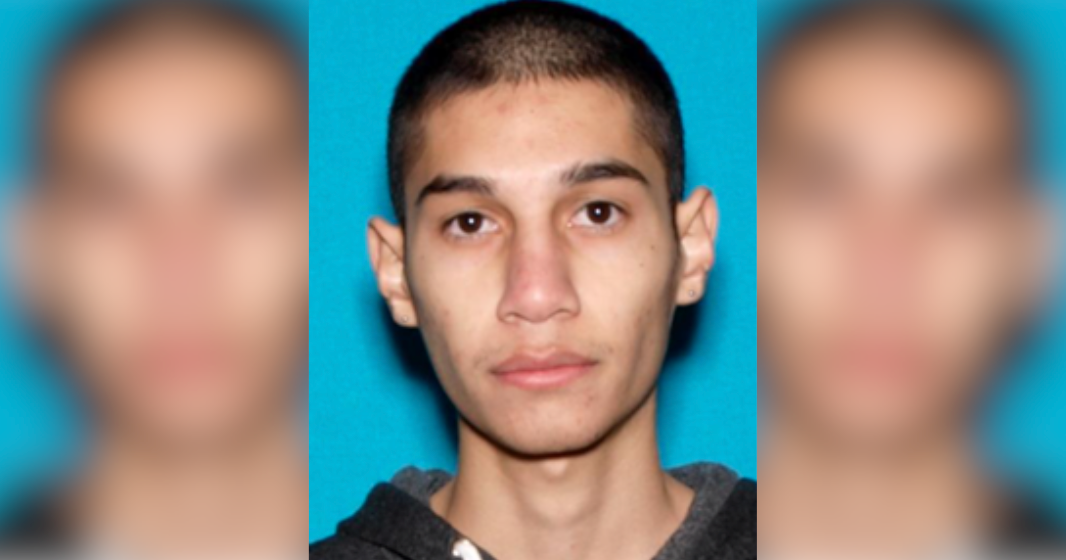Where is the Missing Uber Eats Delivery Driver in San Bernardino County?

Understanding the Disappearance of Michael Anthony Sena: A Deep Dive
The case of Michael Anthony Sena, a 33-year-old Uber Eats delivery driver who went missing in July, has captured the attention of the San Bernardino County community. Despite the time that has passed, the search for Sena continues, and understanding the circumstances surrounding his disappearance may provide insights into what happened. This article will explore the details of Sena's case, the efforts made by law enforcement, and the broader implications of missing persons cases in our society.
Who is Michael Anthony Sena?
Michael Anthony Sena is a 33-year-old man from San Bernardino County, California. He is described as 5-foot-7 and weighing approximately 110 pounds, with distinctive black hair and brown eyes. On July 29, Sena left home in his blue Toyota Corolla, presumably heading to work as an Uber Eats delivery driver. Unfortunately, he never returned home that night, prompting concern among his family and the community.
Timeline of Events
Understanding the timeline of events leading up to Sena's disappearance is crucial for comprehending the situation. Here’s a brief outline of what is known:
- July 29: Michael Sena leaves home in his blue Toyota Corolla to make deliveries for Uber Eats.
- Evening: Sena does not return home as expected, raising alarms among family and friends.
- Following Days: Family members report him missing, leading to an official investigation by the San Bernardino County Sheriff's Department.
The Search Efforts
The San Bernardino County Sheriff's Department (SBSD) promptly initiated a search for Sena. Initially, authorities did not classify his disappearance as suspicious, indicating that no foul play was suspected. This lack of suspicion, however, has not deterred the community and law enforcement from continuing their efforts to locate him.
Search operations typically involve a variety of strategies, including:
- Ground Searches: Deputies and volunteers often conduct searches in areas where the missing person was last seen.
- Community Outreach: Flyers and posters are distributed, and social media campaigns are launched to raise awareness about the missing individual.
- Interviews: Family, friends, and potential witnesses are interviewed to gather more information about the person's last known whereabouts.
The Role of Community in Missing Persons Cases
The disappearance of individuals like Michael Anthony Sena highlights the critical role that community involvement plays in missing persons cases. Community members can provide valuable tips and information that may assist law enforcement in their investigations. When a person goes missing, their friends, family, and neighbors often become the first line of defense in raising awareness and mobilizing search efforts.
Moreover, community organizations and local news outlets can amplify the search efforts by disseminating information widely, creating a sense of urgency and encouraging people to come forward with any knowledge they may have.
The Emotional Impact on Families
The emotional toll on families of missing persons is profound and often long-lasting. Families experience a range of feelings, including fear, anxiety, and helplessness. The uncertainty surrounding the fate of their loved ones can lead to a complex grieving process. Families often find themselves in a state of limbo, oscillating between hope and despair.
Support groups and counseling services can be vital for families during these challenging times. They provide a space for families to express their feelings, share experiences, and receive emotional support from others who understand their plight.
Legal Perspectives on Missing Persons
Missing persons cases often intersect with legal considerations, particularly regarding the rights of families and the actions that law enforcement can take. In many jurisdictions, there are specific protocols that law enforcement must follow when investigating a missing person's case. These may include:
- Immediate Response: Law enforcement typically has protocols for responding to reports of missing persons, prioritizing cases based on factors such as age, health, and circumstances of disappearance.
- Public Appeals: Authorities often issue public appeals for information, asking the community to report any sightings or relevant details.
- Legal Rights: Families of missing persons may have legal rights regarding the search for their loved ones, including the ability to request specific actions from law enforcement.
Preventive Measures and Awareness
While not all missing persons cases can be prevented, raising awareness about safety measures can help mitigate risks. Here are some preventive measures that individuals, especially delivery drivers, can take:
- Stay Informed: Be aware of the areas you are working in and any safety concerns that may exist.
- Keep Your Phone Charged: Ensure your phone is always charged and accessible, allowing you to contact help if needed.
- Share Your Location: Use apps that allow trusted friends or family to track your location while you are working.
- Trust Your Instincts: If a situation feels off, trust your instincts and take precautions to ensure your safety.
Conclusion
The search for Michael Anthony Sena serves as a poignant reminder of the challenges faced by families dealing with the disappearance of a loved one. While the investigation continues without any foul play suspected, the community remains hopeful for Sena's safe return. The dedication of law enforcement, the involvement of the community, and the emotional resilience of families play critical roles in these situations. It is essential to keep awareness alive and support one another in times of uncertainty.
As we reflect on Sena's case and the broader implications of missing persons, we are reminded of the importance of community, awareness, and support. What steps can you take to contribute to the safety and well-being of those around you?
FAQs
What should I do if someone goes missing?
If someone goes missing, the first step is to contact local law enforcement. Provide as much information as possible, including recent photographs, last known whereabouts, and any relevant details. Community outreach can also be beneficial in spreading the word.
How can communities help in missing persons cases?
Communities can help by participating in search efforts, sharing information on social media, distributing posters, and organizing outreach programs to raise awareness about missing persons.
Are there legal considerations for families of missing persons?
Yes, families may have specific legal rights regarding the search for their loved ones, including the ability to request law enforcement actions. Consulting with a legal expert can provide clarity on these rights.
#MissingPersons #CommunitySupport #SafetyAwareness
Published: 2025-08-13 04:28:37 | Category: Trump GNEWS Search



